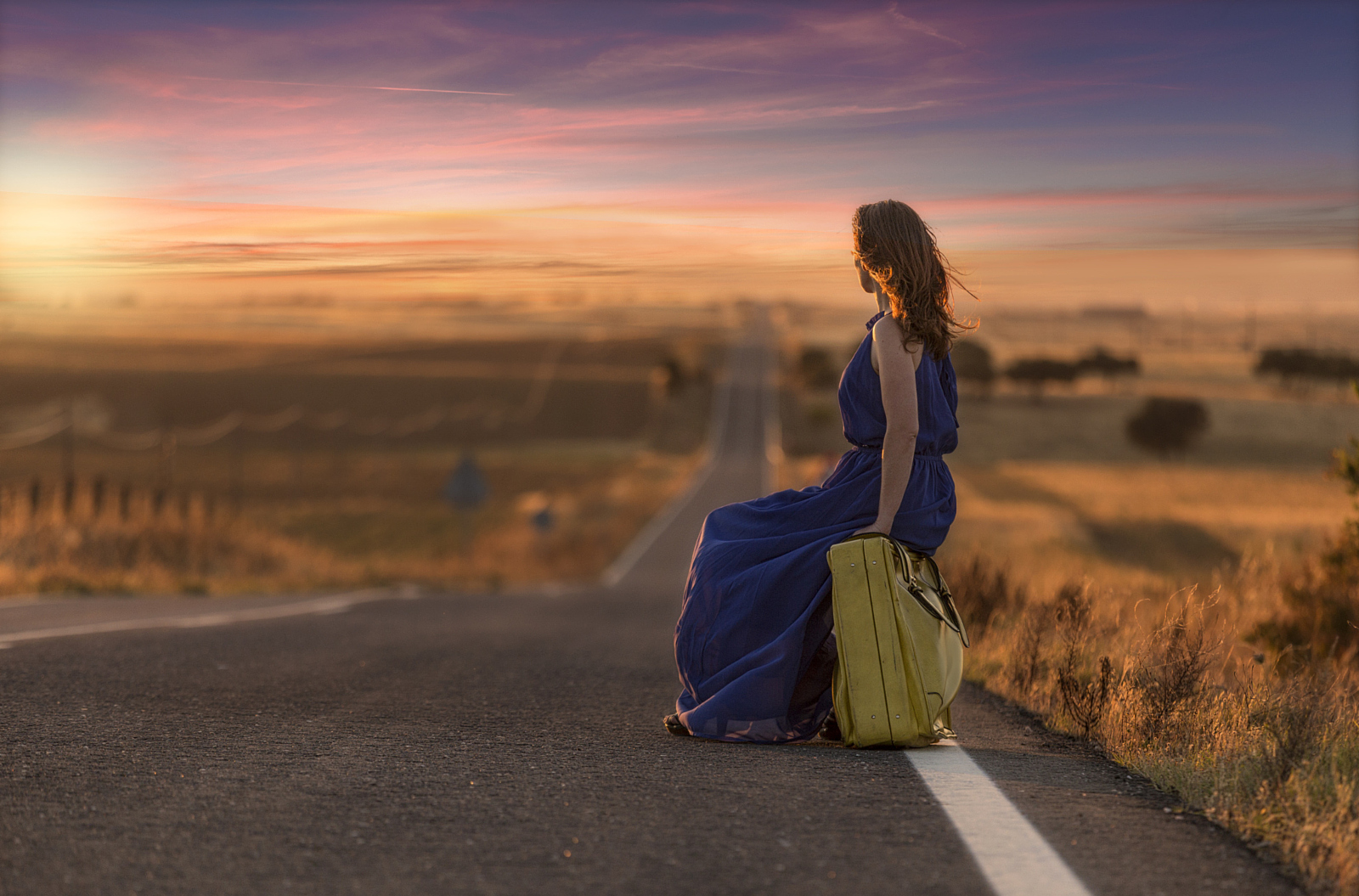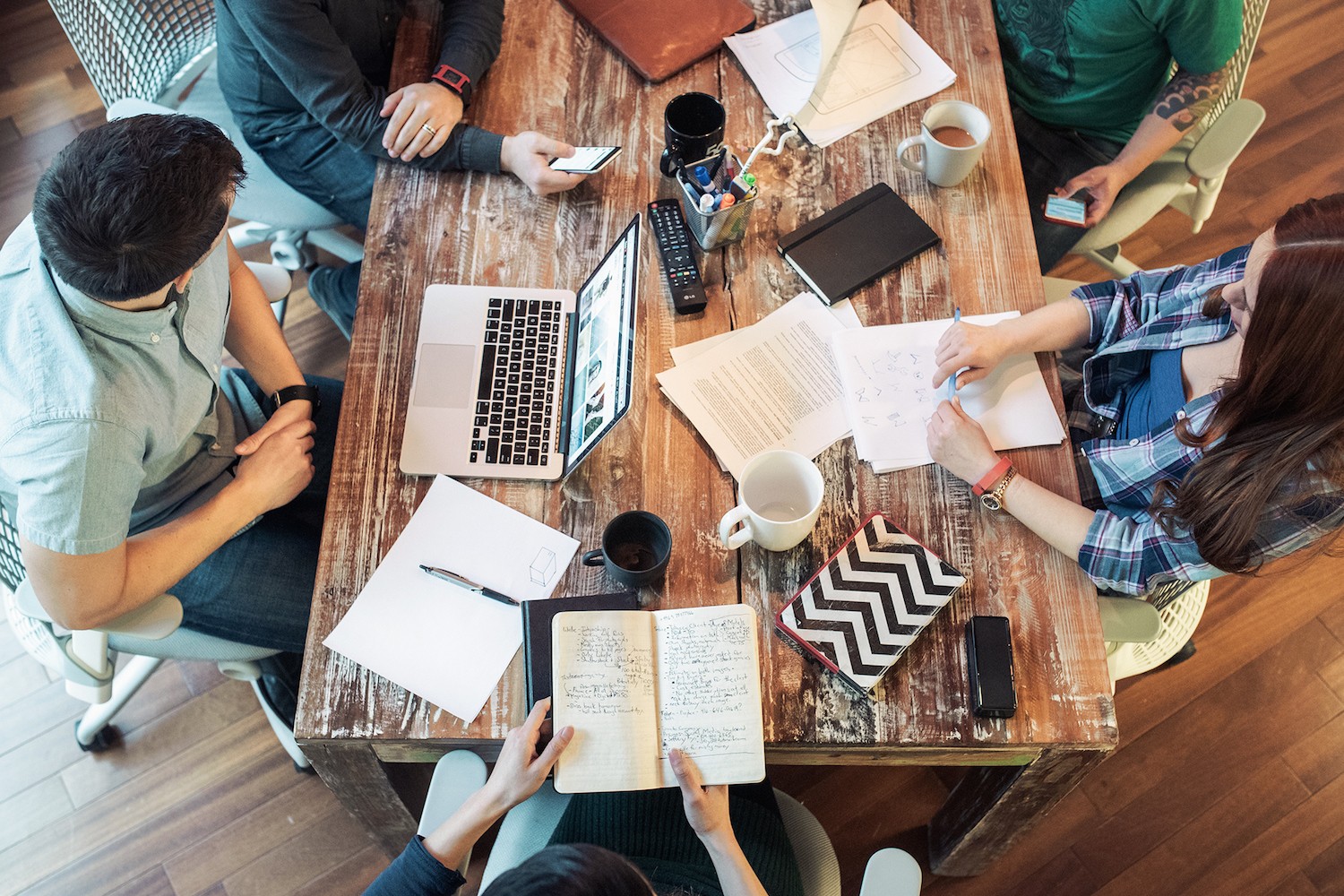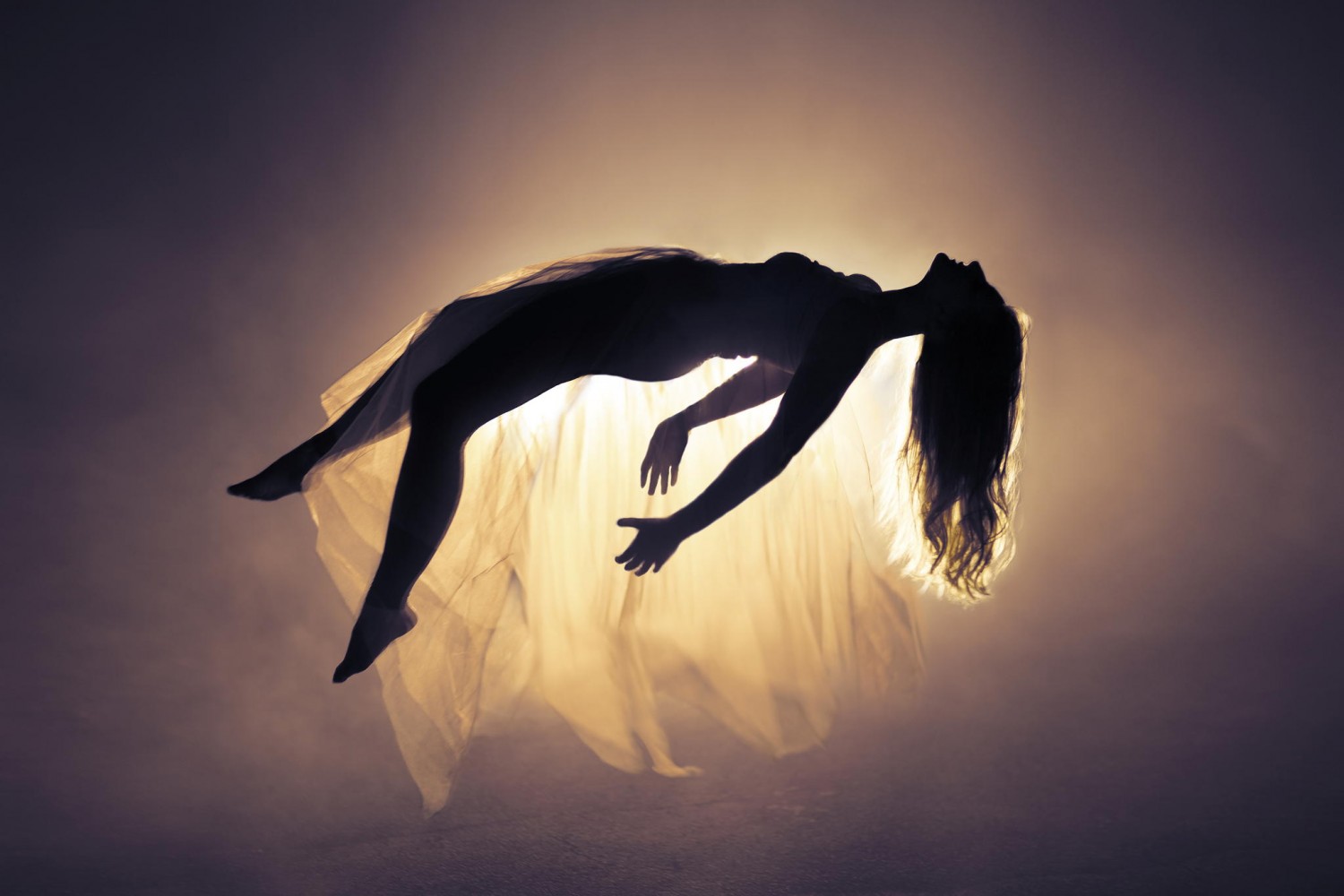Pedro Quintela is a history teacher, talented photographer, and one of the most motivational people on 500px. His latest bit of advice, published below, is for the new photographers among us. Enjoy!
For more about or from Pedro, follow him on 500px, check him out on Facebook, or license his images through 500px Prime.
Lately I’ve received some messages from people who are just starting on in the amazing world of photography, asking for some advice. Some ask about the best gear, others about how I edited a particular image, and others simply to say that I gave them some kind of motivation because of a comment I made or an image of mine that they liked.
Despite not being a professional (I’m very far from it) I’ll never forget what it was like to be a complete newbie and have no one to answer my questions and soothe my doubts. So it’s time to share a little of what I’ve learned through my experience, offer my humble help to the newbie photographer community, and hopefully help others avoid making the same mistakes I did.
I remember clearly the first time I opened 500px. It was in November of 2014. The first page had such an impact on me that I immediately wanted to become a photographer—to abandon my current life and start taking trips all over the world.
A year and a half later I’m not that person, and yet I’ve acquired some small skills that I never even dreamt of having. But let’s put ourselves in the shoes of being a newbie again (I still feel that way many times anyway…).
1. The gear is not responsible for the images
The first error I made was about the gear. Almost everybody thinks that, without an expensive and shiny new camera and/or lens, your images will be horrible. Then they spent enormous amounts of money only to achieve disappointing results. Rule of thumb: the gear doesn’t make the image. Instead. it’s the photographer’s knowledge and experience.
So here comes another piece of advice: try, try and try… and try till you get there.
You won’t get that killer shot the first time, because it simply can’t be done. Composition, exposure, and the reason why you want to capture that moment are all way more important than have a gazillion megapixel camera. Learning to see things, feeling the mood (the light) of the place and what it really has to give, are what you should always consider first.
On the other hand, spend some money on a decent tripod and filters if you’re into landscape. A sturdy tripod and good head will last you many, many years and will help you produce sharp images without the risk of seeing your camera falling to the ground. And when it comes to filters, it’s better to have three from a good brand than ten from a cheap one.
2. The fear of moving the mode dial
Abandon automatic mode as soon as humanly possible, because the camera is “blind”—it doesn’t know what you’re trying to shoot. It’s up to you to command it to make the device capture what you have in mind, which is only possible if you decide for yourself what’s really important to you.
Start with P mode, then begin experimenting with aperture and shutter priority. If you want to control the depth of field, meaning how sharp your photos are all over the frame, choose AV or A. On the other hand, if you’re shooting sports where you need to freeze a moment, that dial should probably be in TV or S.
Then, one day, those won’t be enough for you… Welcome to M mode, the most feared setting of all but also the most rewarding! Remember, M stands for Masterpiece!
3. The importance of knowledge
Being an educator for more then a decade helped me realize very early on the importance of investing in proper knowledge. Currently, the info is everywhere and can fit into any budget—I learned the fundamentals from YouTube tutorials and articles on the Web.
Then, never hesitate to ask people with more experience and solid work that you admire. Some may not answer, but eventually someone will be kind enough to help you.
Knowledge is crucial if you want to have any consistency is your work. The basics rules of exposure and composition are crucial in your process of learning how to become a photographer.
4. Photography genre. Which should I choose?
Another important thing to consider is the genre you’d like to shoot. I entered the world of landscapes because it suited my needs of expression and the desire to be in communication with nature. But many others prefer street shooting, macro, portraits or any of the other dozens of types of photography.
I also discovered the night photography and people lately. They made me realize that the world is even more wonderful than I supposed.
So choose what fills your needs and tastes. No one is good at all of them, so my advice is you to try a few in which you feel both interested and comfortable.
5. Preparation and shooting
It could be very obvious, but if you don’t have a ritual to prepare for shooting, I’m positive somethings will be forgotten or missed when you get there.
Having the camera batteries always charged, a spare memory card, the lens clean, and a bottle of water/snacks are all fundamental. Trust me, nothing is more frustrating than needing a basic thing… that you left at home.
Scouting the areas you intend to shoot is also crucial, and there is technology to help. For instance, there are many apps that can give important information like the position of the sun.
By the way, if you want to shoot landscapes, be prepared to wake up early for sunrise or to wait around for sunset. During the day, try to shoot indoors or prepare by studying the next location you plan to visit. One thing that I always do is use the search option on 500px to explore the location I want to shoot. Someone else has almost always been there before, so I can get have an idea of what to expect.
6. The importance of motivation, RAW files, and editing
Don´t copy things, but instead feel motivated by others’ work. In every trade, ethics are a must-have, and photography is no exception. Many times I felt down because my pictures weren’t what I expected them to be, but seeing other examples made me want to pursue that particular glow, composition, or colors.
Which brings me to editing. Many criticize post-processing, calling it fake. I thought the same when I started, mainly because I didn’t know how to process a file. But when you discover the power of editing a RAW file, another world will open its doors to you. Using JPGs is fine, but using RAW can be a lifesaver at times, because you have another chance to control a lot of the parameters of the shot at home. You need a bit of time to get used to and create a workflow, but the results are worth it.
Of course, don’t go crazy on enhancing things, and don’t despair because your processing software is too complex for you. With time, education, and patience you´ll get there. Almost every week I learn some new technique or trick on such programs.
As you know Rome wasn’t built in a day, so none of us will ever make a great portfolio in a month. Things come with time and work, and you’ll probably get there without even noticing. All will flow in a natural way.
Don’t be afraid to experiment and make mistakes… it’s completely natural. This is exactly like riding a bicycle, one day you start going alone, on two wheels, without even realizing that the training wheels are gone.
The most important thing of all is that you enjoy yourself while shooting, editing, and uploading your images to your favorite photo community. Don’t fear the constructive critiques and don’t pay attention to the trolls. You’ll find a place on 500 and will learn from and with us. Happy shooting!














Leave a reply